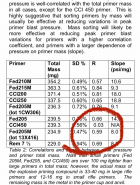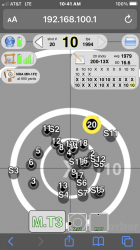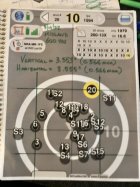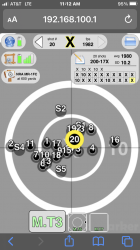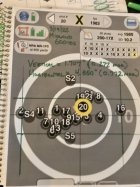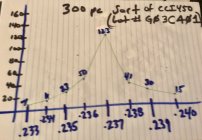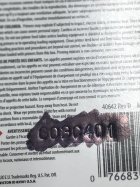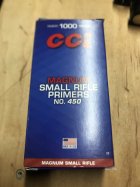I don't weight primers, and all those who do, go on and continue doing so.
But it seems that you're weighing variables, that you have no control over...there are primer cup weights variations, primer mixture weights and consistency variations, and primer anvil weights variations, each one a variable, and inconsistent to the next... so you're not just measuring the amount of primer mixture.. and its active ingredients...and the active ingredients in the mixture are constantly varying from primer to primer...So you have no idea of what the total weight is actually measuring. Unless you assembled the primers yourself...and separately weigh each component to your tolerance then assembled them, you'd have an idea of what you're measuring, but there will still be variations, however so small as your tolerances allow then there is the mixture variation, not only weight but chemical composition, in total molecular consistency.
So, I see it as fruitless endeavor for me...but it might help you, if primer assembly weights vary widely in your batch of primers, for a physical or mental edge, ...if it just makes you feel better...weigh away.
But it seems that you're weighing variables, that you have no control over...there are primer cup weights variations, primer mixture weights and consistency variations, and primer anvil weights variations, each one a variable, and inconsistent to the next... so you're not just measuring the amount of primer mixture.. and its active ingredients...and the active ingredients in the mixture are constantly varying from primer to primer...So you have no idea of what the total weight is actually measuring. Unless you assembled the primers yourself...and separately weigh each component to your tolerance then assembled them, you'd have an idea of what you're measuring, but there will still be variations, however so small as your tolerances allow then there is the mixture variation, not only weight but chemical composition, in total molecular consistency.
So, I see it as fruitless endeavor for me...but it might help you, if primer assembly weights vary widely in your batch of primers, for a physical or mental edge, ...if it just makes you feel better...weigh away.










